Summer Trail
Summer trail through the Botanic Garden
 |
|
 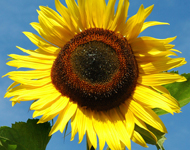 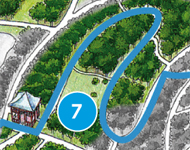 |
|
| There is nowhere better to experience the summer in several regions of the Earth at one and the same time. By following our suggested route, you will discover the plants and parts of the Botanic Garden that are now at their most beautiful. Of course you will also find delightful plants that are in bloom and well worth seeing in other parts of the Garden too. We wish you a pleasant trip through the plant world. | |
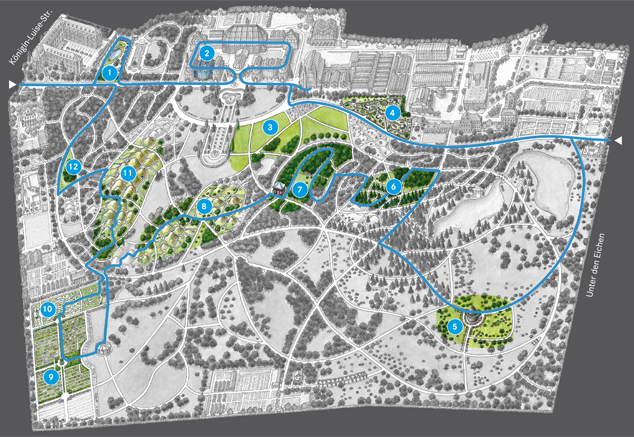 |
|
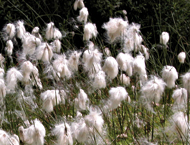 |
When summer comes, many plants in the aquatic and marsh plant garden that normally live far below the surface now attract attention as their flower clusters rise up above the water. The European White Waterlily is the queen of our native lakes and ponds. In the marshland area, visitors will be enchanted in early summer by the brilliant white fruiting heads of the cotton-grass. |
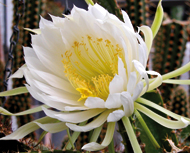 |
In summertime many exotic plants are even to be seen in the open air in front of the greenhouses. In the cactus house the diversity of the cactus flowers is particularly eye-catching, among them the spectacular “Queen of the Night”. But the other greenhouses are also worth a visit in summer: in House H the Madagascar Palm is impressive, as is the Grass Tree a little further on, in House L. In the Mediterranean greenhouse, with any luck, you might be able to see the flowering of the caper bush, whose pickled buds you will certainly have eaten at one time or another. |
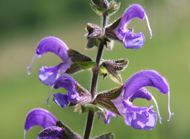 |
As you continue along the trail you will go past the gloriously blooming sage and marguerite meadow, which is very rich in species. In order to preserve the species diversity, visitors are not permitted to walk over these and other meadows, which are only mown once or twice a year and hardly ever fertilised. |
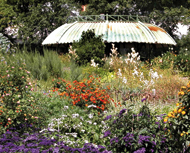 |
With intriguing surprises for the nose, now is a good time to discover the sensory garden: the scent of the dark red, almost black flowers of the Chocolate Cosmos and the jelly-baby smell of the Pompom Flower is enthralling for adults and children alike. |
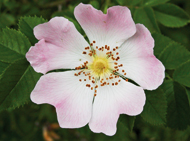 |
On the way to the rose pavilion you will walk past the luminous Fairy Candle from North America, as well as different species of honeysuckle and viburnum. Passing through the arboretum you come to the rose pavilion with its wild roses, English tea roses and climbing roses. Revel in the sight and smell of them. |
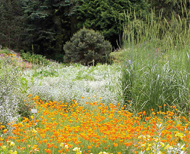 |
The North American prairies convey an impression of the “Golden West” with the Californian Poppy, Golden Rod and many other members of the daisy family. In the woodlands of Atlantic North America in early summer you will be enchanted by the Tulip Tree with its large blooms. If you look very carefully you will notice how closely it is related to the magnolias. |
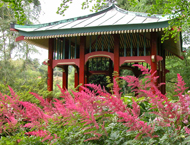 |
As you roam through the Japanese woods you will be met by the wonderful sight of daylilies, hostas and astilbes. |
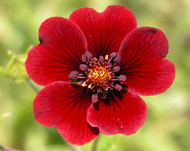 |
Climb the Himalayas and explore the Asiatic mountain flora that includes the Ruby Cinquefoil and the Mountain Fleece. In the mountains of Central Asia, the Maltese Cross (or Burning Love) glows brightly. In the European mountains you will discover the Balkan Acanthus, the leaves of which were the model for the most important decorative element of Corinthian column capitals. |
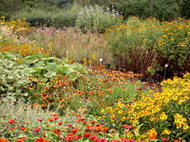 |
In the systematic section, the peak summer flowering period is a particularly good time to identify the similarities between many plant species, which are cultivated here in separate beds alongside their closest relatives. |
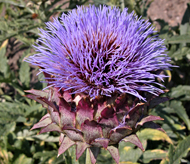 |
In summertime the medicinal plant garden also comes into full bloom. Foxglove, mullein, Globe Artichoke and hundreds of other medicinal plants reveal to visitors their medicinal usefulness. Take note of the short descriptions on the plant labels. |
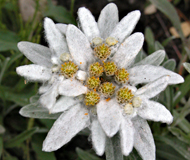 |
In the Alps you will be greeted by Edelweiss, gentian and both species of Central European Alpine roses. At the foot of the Alps the flowers of the Candle Larkspur attract innumerable bumblebees. In the Maritime Alps lavender and Winter Savory perfume the air. |
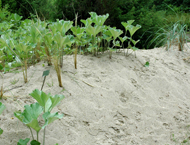 |
The dune landscape of Sea Holly and European Marram Grass inspires longing for the North Sea and Baltic Sea coasts. In addition, you will find areas with plants suited to nutrient-poor marshland (Bog Myrtle, Old World Royal Fern and Purple Moor Grass) and nutrient-rich marshland (Common Reed). |
| Spring, Autumn and Winter | ||
| For orientation: Map of the garden und die Greenhouses... |
